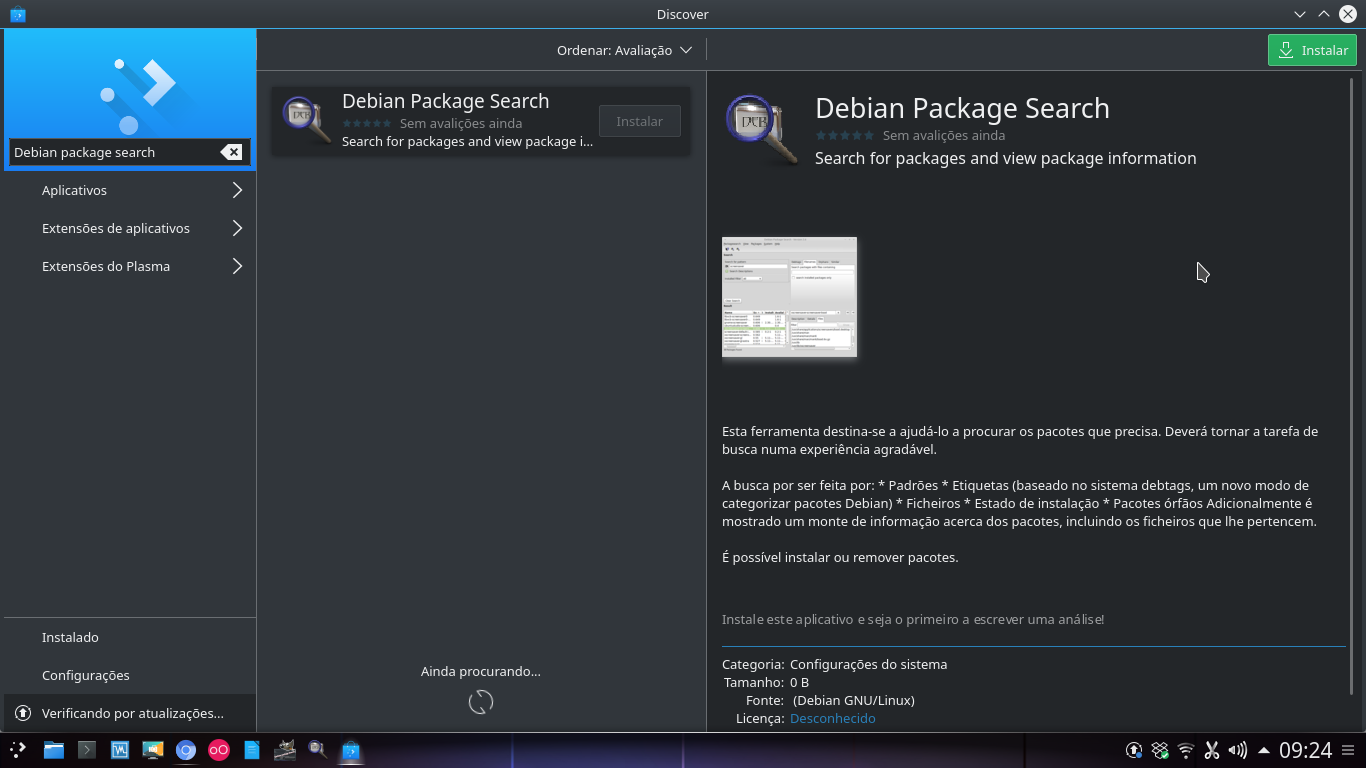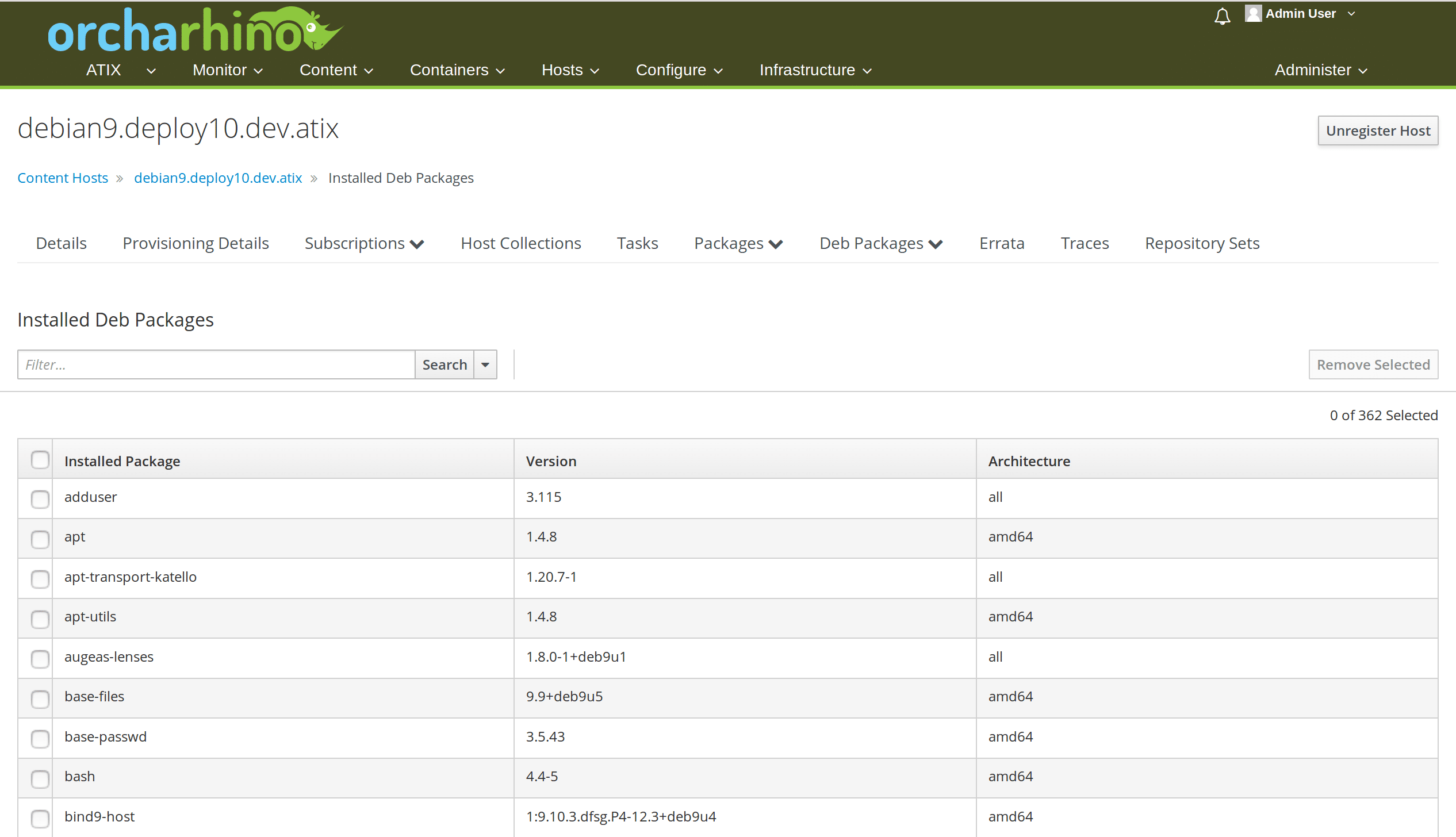

In the leaf directories below pool there usually are several versions of a package, and the information on what releases each version belongs to solely resides in the indices.

The additional single letter directories are just a trick to avoid having too many entries in a single directory which is what many systems traditionally have performance problems with. A single upstream source may generate several binary packages, and all of them will end up in the same subdirectory below pool. The name is not necessarily the name of the package itself, the package bsdutils e.g resides in the pool/main/u/util-linux directory, it is the name of the source that the package is generated from. And in these are directories named after the software package they contain, and these directories finally contain the actual packages, i.e the. Below pool there are again directories for all the components, and in these are directories named 0. The packages themselves are below pool in the root directory of the repository. And in these are files Packages that are text files containing the meta data of packages. Inside these are directories for the different architectures, named binary- and sources. Each release subdirectory contains a cryptographically signed Release file and a directory for each component. The root directory of a repository has a directory dists which in turn has a directory for each release and suite, the latter usually symlinks to the former, but the browser won't show you a difference. ) as well as sources and architecture independent packages. A release also has packages for various architectures (amd64, i386, mips, powerpc, s390x. In Debian these are named main, contrib, and non-free and indicate the licensing terms of the software they contain.

A release is divided in several components. The codenames have aliases, so called suites (stable, oldstable, testing, unstable). Debian releases are named after characters from the "Toy Story" movies (wheezy, jessie, stretch. A more precise and technical description is in Format.Ī Debian repository contains several releases. The following description is mostly for people who browse a repository using a standard web browser and wonder what is where and how everything fits together.


 0 kommentar(er)
0 kommentar(er)
